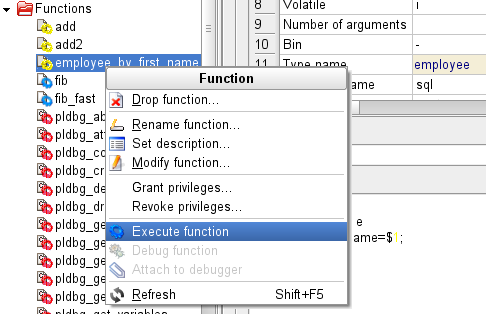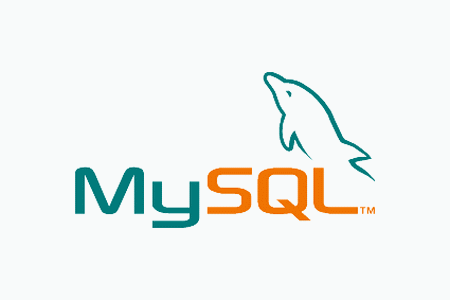If you belong to any enterprise or have your own small setup, you are well aware of the proper storing of the data. It is not always possible to write the entire information by hand and expecting to remember where it was store later. There is a need to store the lists of information in such a way that can be cataloged in a proper way and can be retrieved later easily. The best way to do accomplish this task is through computer database where your data is kept in any amount in an easy to search format.
The term ‘data’ is used for any piece of information, while the term ‘database’ is used to refer to an integrated collection of logically connected data stored in an electronic files (records) for easy access. Database allows the users to access the information at a single place for several purposes. There are databases which provide its users access rights such as edit, update, delete etc. Database is classified into different types according to the data storage purpose or the scope of the information. The different types of databases are given below:
Function

An electronic compilation of several different types of data stored in a single location is known as computer database. It can be indexed or searched by anyone. Most of the information stored in a database is such that needs to be retrieved or viewed later for different purposes. The data stored in a database in many different ways depending on the data sort and its importance.
Model
The term ‘model’ is used to refer to the way different contents are organized. Different type of models are used to organize the content, e.g. the oldest types of database models use hierarchies of multiple databases associated with ‘parent-child’ relationship. These are hard to navigate as each consecutive child database adds a new layer of complexity that needs to be examined through to achieve the required piece of information. The most complex type of database model is known as ‘object oriented’ where an effort is made to combine the concept of object oriented computer programming with database creation. It is used to store more advanced items like sounds, movie clips or images.
Operation
Several different sorts of databases are known by they function or operate and what their proposed purpose is. The database which is designed in a view to be modified or updated daily is known as ‘operational’ database. An apt example of operational database is that of address book. On the other hand, if the database is designed primarily for viewing the information or statistical data stored and hard to modify is known as ‘analytic’ database.
Types
The Internet is a vital example of ‘client/server’ type of database where a client computer sends request for a precise piece of information held on the database of server computer. The server computer deciphers the request and responds in a specific way. Microsoft Access on the other hand is a database types used by individuals. However, the larger databases containing large amount of information are made with Oracle Database or MySQL.
Misconceptions
There are misconceptions related to the computer program ‘Microsoft Excess’ where people mistakenly or unknowingly consider it a database program. They attempt to use Microsoft Excess instead of Microsoft Access to create databases. Excel is designed to store numbers and make some important and large calculations, though it has limited properties of a database program, it by no means a database program. Microsoft Access is primarily designed as a database program where you can store data and associate them with other pieces of data.
